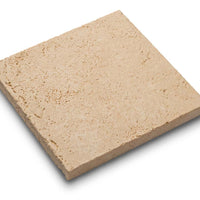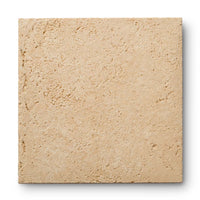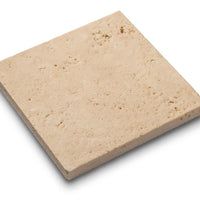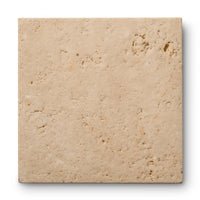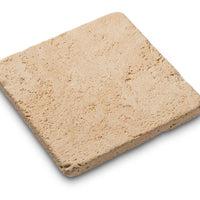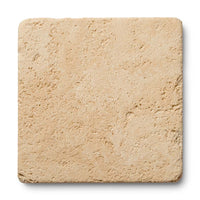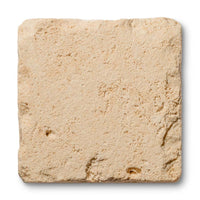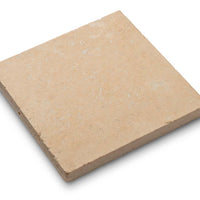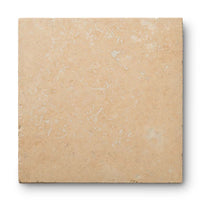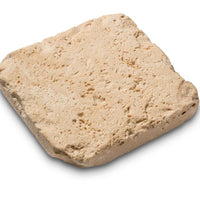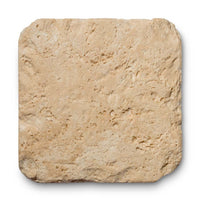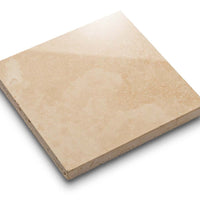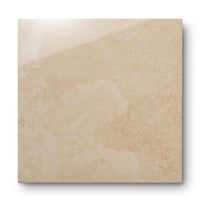Dimensional Tile: A Complete Guide
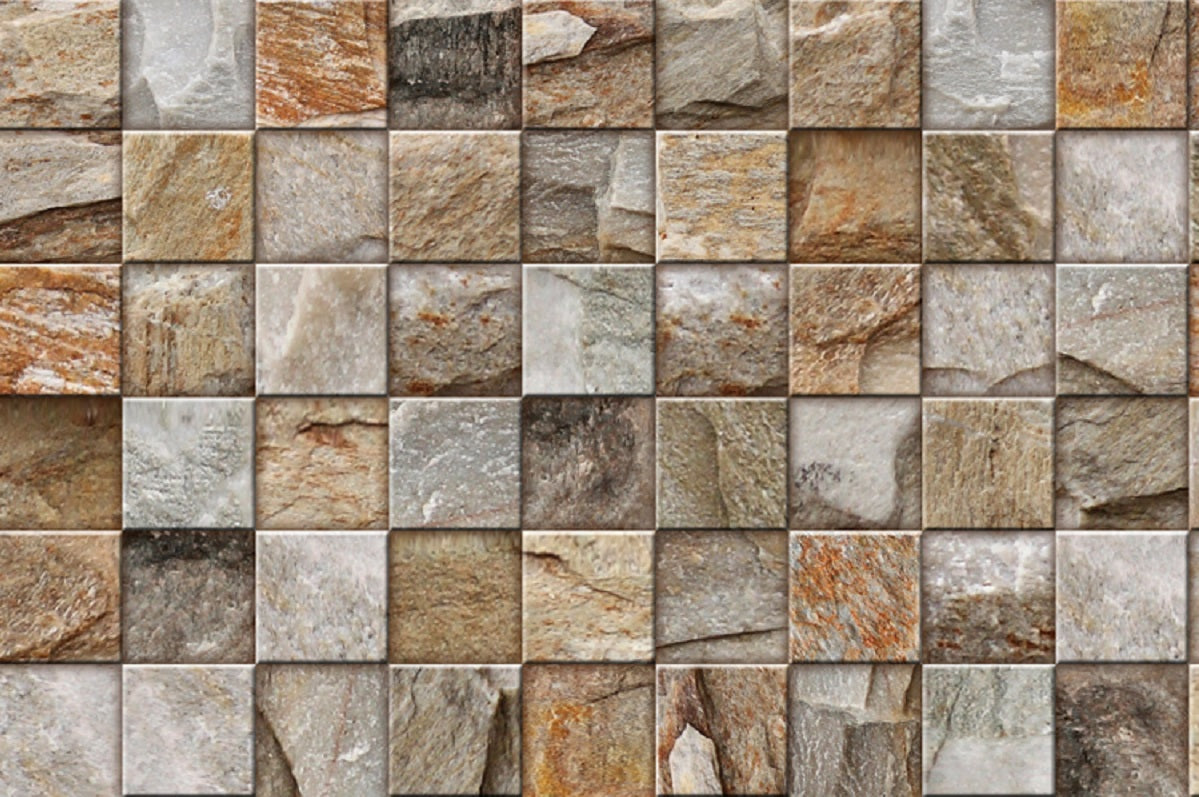
Few architectural elements testify to humankind’s appreciation for beauty and impeccable detail than the art of tiling. Tile—and its relative, mosaic—can be found in buildings as early as the 4th Century BCE.1
Since then, tile usages and applications have diversified throughout art and architecture. Long-lasting, beautiful tile designs offer a kaleidoscopic array of art, construction, decorative, and even storytelling practices.
Three-dimensional tiling found in modern homes adds another design element that expands design options. Now, your tile’s height can offer a whole new range of aesthetic options and versatility, conferring beauty and complexity to any home. Need some assistance with how to make a kitchen look more modern? We’ve got you covered.
Archeologists and art historians identify many distinct tile patterns and arrangements across the world and throughout history. Among them are:2
Herringbone
Grid
Diagonal
Chevron
Staggered
Stacked
Offset or “brick”
Basketweave
Pinwheel
Parquet de Versailles
In addition to their collective patterning, individual tiles may be decorative objects in their own right, as is the case with encaustic tile. Also known as “inlaid tile,” encaustic designs utilize different colored clays to create design elements rather than paint pigments or glazing.2
No matter the kind, tiles are either glazed or unglazed. Glazed tiles have a glassy, protective coating on their exterior surface that fuses to the material during the firing process. Glazing changes both a tile’s color and finish and makes them nonporous. Unglazed tiles are pigmented by their raw material alone or with the addition of dye or oxides.1
Tile is generally associated with only two visual-spatial dimensions: length and width. The third dimension, depth, has seldom received mention or attention from tilemakers for its aesthetic potential—until today.
While the texture of individual tiles and their collective arrangement can confer a sense of dimensionality as a total work, 3D tiles open up all manner of eye-catching possibilities for your home’s design, with various spatial, perceptual, and artistic distinctions. The third dimension of tile aesthetics can provide new textures and patterns with uniform elements on every piece or individual variations that collectively create unique surfaces.
There are three main kinds of materials used to create today’s 3 dimensional tile: stone, ceramics, and glass.
Artisan builders have favored natural stone tile throughout human history. Popular stone types include:
Marble – Marble comes in an astonishing range of colors and is known to be one of the most elegant kinds of stone, identified by striking veins that provide contrast across the surface. Note that varnished marble tiles can be slippery when wet if you’re considering using them for your floor.
Limestone – Pre-installation, limestone tiles can appear nonuniform, but they are typically shaved down to create a smooth finish. Limestone is popular as a uniform wall covering or an embellishment for framing or highlighting select spaces.
Adoquin – Adoquin is a kind of rock that forms when volcanic ash undergoes compression for millions of years. It is ultra-light yet tenacious, appropriate for both indoor and outdoor displays.
Natural stone can vary widely in color, texture, and hue creating a one of a kind look for your home. Different stones’ inherent textures naturally lend towards various applications between interior and exterior environments.
Ceramic tiles have been a popular choice throughout the history of tilework, with masterfully applied examples found in both public and private spaces the world over. They come in a staggering variety of hues, textures, and shapes, enabling infinite personalization. In addition, ceramics are generally easy to care for with proper sealing and annual cleanings to ensure long-term quality.
Appreciators will often see vivid glass tiles festooning pool floors, powder room walls, or in luxury spa settings. Glass tile is often made from recycled materials that are liquified with high heat, alloyed, and dyed to create customizable color schemes. Glass is most usually applied as mosaic, but can also be manufactured in larger individual pieces.
Unlocking another dimension means that there are innumerable ways to apply 3D style tile to suit your own taste and vision. So whether you want to lend a hint of sophistication to a plain kitchen wall or are dreaming up an entire mosaic embellishment to enchant your garden, dimensional tile can be customized with élan and precision to your unique aesthetic standards.
Accent walls are a sophisticated way of introducing more texture into a space without creating any visual “busyness.” You can strive for more natural, non uniform surfaces or gallery-worthy designs that evoke modern art styles.
Bathrooms, bedrooms, and kitchens are popular rooms to enhance with 3D tiles, and an entire accent wall will surely catch eyes.
A whole wall of 3 dimensional tile may be a bit more than you’re looking for in certain spaces. If so, consider limited applications that rely on the 3D design elements to stand out or enhance the rest of the room.
Consider incorporating tiles into the chamber of your shower or bathtub, as contract-provided backsplashes, your kitchen backsplash, or using them to add luster to a wall of your master bedroom.
If you’re fantasizing about spotlighting your outdoor space with 3D tiles or mosaic, you’re in good company–tiling has been used for eons to draw attention to the beauty of the natural world. Tile’s inherent durability and low maintenance lend perfectly to nature-exposed areas of your home. So whether your exterior plans include a deck, a pool, or a garden, 3D tiling can add vibrancy and magic to any outdoor setting.
One important note regarding tile is that manufacturing typically occurs in batches. Especially for ceramic tiles, individual pieces will match others from the same batch, but those from various batches produced over time may not when compared side-by-side. To prevent obvious mismatches following future tile repairs, purchase extra materials from the batch you install.
At Materials Marketing, we’re as spirited about innovation in modern design as we are about the old-world crafts of interior and exterior decoration. So if you’re curious to see the myriad ways tiling can amplify the beauty of your space, visit our Instagram to catch a glimpse of our collaborations with clients.
For a more complimentary consultation, we welcome you to send us an email or visit one of our ten luxury showrooms across the United States. We look forward to working with you as our design repertoire continues to expand into every dimension. Looking for bathroom tile backsplash ideas? Or perhaps you’re ready to embark on your outdoor living renovation. Our experts at Materials Marketing are here to help. Call today!
Sources:
Trraditional Building. Ceramic Tile History. https://www.traditionalbuilding.com/product-report/ceramic-tile-history
Wikipedia. Tile. https://en.wikipedia.org/wiki/Tile
e or with the addition of dye or oxidThe Decorologist. The Myth of Encaustic Tile and the Truth You Should Know. https://thedecorologist.com/myth-of-encaustic-tile/
Please note: comments must be approved before they are published.
* indicates a required field
Our finishes are applied by hand, ensuring that each element of your order matches and blends together well. In some instances, you may notice a natural variation in the application of the finish. This is normal and should be expected with a handmade item.
